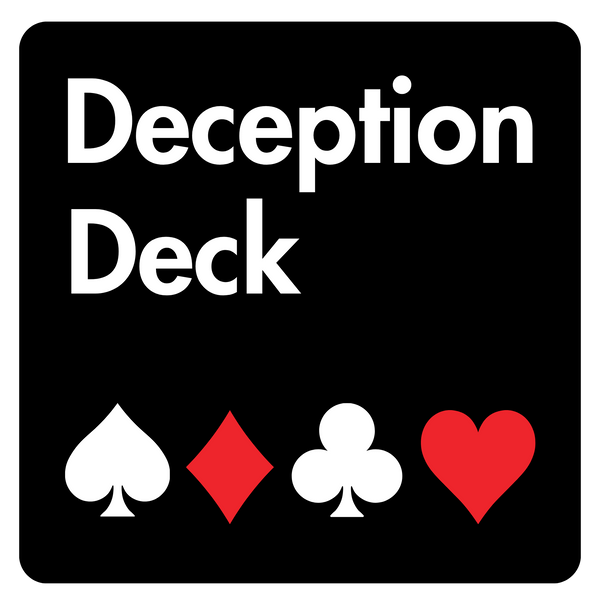Deception detection has always been a topic of interest, from the ancient methods of trial by ordeal to modern polygraph tests. As technology advances, so does our ability to uncover lies and deceit. In this article, we delve into the future of deception detection technology and how it is shaping the way we perceive truth.
The Evolution of Deception Detection
Since the early days of statement analysis and polygraph tests, deception detection has come a long way. Researchers and scientists are constantly pushing the boundaries to create more accurate and reliable methods of identifying lies. From voice stress analysis to eye-tracking technology, the tools available for detecting deception have diversified and improved significantly.
The Rise of Statement Analysis
Statement analysis, also known as veracity assessment, is a technique that focuses on dissecting the content of a spoken or written statement to identify signs of deception. This method explores the choice of words, semantic patterns, and linguistic cues that may indicate dishonesty. As technology advances, statement analysis is becoming more sophisticated and accurate, making it a valuable tool in lie detection.
Advancements in Lie Detection Technology
One of the most exciting developments in deception detection technology is the use of artificial intelligence (AI) and machine learning. These technologies can analyze vast amounts of data and patterns to identify inconsistencies or anomalies in a person's behavior or speech, leading to more accurate lie detection results.
The Role of Facial Microexpressions
Facial microexpressions are fleeting facial expressions that occur within a fraction of a second and can reveal a person's true emotions. By capturing and analyzing these microexpressions, researchers can uncover hidden emotions and potential signs of deception. This technology is revolutionizing the field of deception detection, providing new insights into human behavior.
Challenges and Ethical Considerations
While deception detection technology holds great promise, it is not without its challenges. Privacy concerns, ethics, and the potential for misuse are all important considerations when developing and implementing these technologies. As we embrace the future of deception detection, it is crucial to address these challenges responsibly and ethically.
The Impact on Law Enforcement and Security
Deception detection technology has the potential to revolutionize law enforcement and security practices. By providing accurate and reliable tools for identifying deception, these technologies can help authorities solve crimes, prevent security breaches, and ensure public safety. The future of law enforcement lies in leveraging the power of deception detection technology.
Applications in Business and Finance
Businesses and financial institutions are also incorporating deception detection technology into their operations. By using advanced analytics and AI algorithms, companies can detect fraud, identify insider threats, and protect sensitive data. The implementation of these technologies is reshaping the way businesses approach risk management and security.
Deception Detection in Everyday Life
While deception detection technology is often associated with law enforcement and business, its applications extend to everyday life as well. From detecting lies in personal relationships to uncovering dishonesty in interviews, the insights provided by deception detection tools can empower individuals to make more informed decisions and build trust.
Future Trends and Innovations
Looking ahead, the future of deception detection technology holds exciting possibilities. Virtual reality simulations for lie detection training, integration of biometric data for more accurate analysis, and real-time monitoring of physiological cues are just a few of the trends shaping the future of this field. As technology continues to evolve, so too will our ability to uncover deception.
Empowering Truth and Accountability
As we navigate the evolving landscape of deception detection technology, one thing remains clear: the pursuit of truth and accountability is paramount. By leveraging the latest advancements in technology and research, we can empower individuals and organizations to uphold integrity, transparency, and trust. The future of deception detection holds the promise of a more honest and authentic world.
In Conclusion, Embracing a Future of Transparency and Truth
As we embrace the advancements in deception detection technology, we move towards a future where truth and transparency are valued above all else. By harnessing the power of cutting-edge technologies and ethical practices, we pave the way for a more honest and accountable society. Let us step boldly into this future, where deception has no place and truth reigns supreme.


